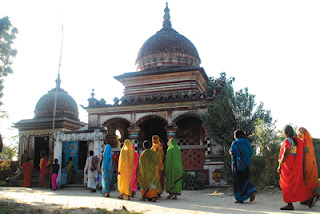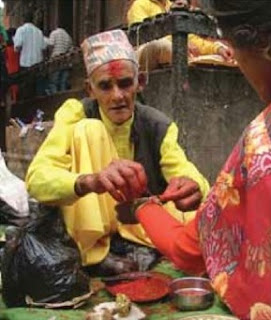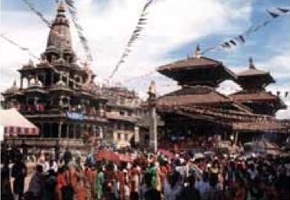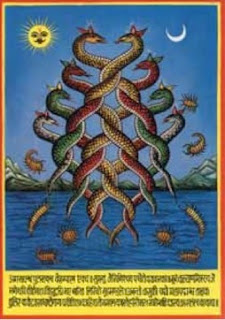Festivals of nepal

Nepal is a multi-lingual, multi-religious and multi-ethnic country. As a result the number of festivals exceeds that of the days of a year. For some foreigners, these festivals are mysterious, colorful and pleasant. Moreover, they have a great deal more about them. They emerge from the depth of the socio-cultural aspects of life. The festivals have mythological, religious and historical backgrounds. The ceremonies, as a whole, reflect a way of life, unique in its own place. They mirror the value system established by age long socio-cultural and religious conventions; they strengthen the social and family relations; they show the awe and reverence of the unknown people; they make it clear how Nepalese people pay homage to every element of nature; they mark the change of seasons and rejoice sowing seeds and harvesting. The original annual dates for the festivals were fixed according to the lunar calendar long ago, so they do not coincide with the solar calendar currently used...

























.jpg)
